Gradient Paint Ideas for Living Room Walls
Adding a gradient paint effect to your living room walls can instantly transform the space into a stylish and modern haven. This unique painting technique allows you to blend two or more colors seamlessly, creating a smooth transition from one shade to another. It's a great way to add depth and dimension to your living room, making it feel more spacious and inviting. If you're looking for some inspiration on how to incorporate gradient paint in your living room, we've got you covered. Here are 10 amazing ideas to get you started.
How to Create a Stunning Gradient Paint Effect in Your Living Room
Before we dive into the different ways you can use gradient paint in your living room, let's first go over how to achieve this effect. The first step is to choose the colors you want to use. It's best to stick to two or three colors that complement each other well. You can also choose shades of the same color for a more subtle gradient. Once you have your colors, you'll need to mix them in different ratios to create the desired gradient effect. You can either do this on a palette or directly on the wall using a paintbrush or roller. Start with the lightest color at the top and gradually blend in the darker shades as you move down. It may take some practice to get the blending just right, but the end result is definitely worth it.
Living Room Design with Gradient Paint
Gradient paint can add a unique and eye-catching element to your living room design. If you have a large feature wall, consider painting it with a gradient effect using your chosen colors. This will create a focal point in the room and make your living space feel more dynamic. You can also use gradient paint on smaller sections of the wall, such as above a fireplace or around a window, to add a pop of color and interest. Another idea is to use gradient paint on your ceiling for a dramatic and unexpected twist on traditional ceiling colors.
Tips for Choosing the Perfect Gradient Paint Colors for Your Living Room
When it comes to choosing the right colors for your gradient paint, there are a few things to keep in mind. First, consider the overall color scheme of your living room. You want the gradient to complement your existing decor, so take a look at the colors of your furniture, curtains, and rugs to get an idea of what will work best. It's also important to choose colors that create a harmonious blend. Avoid using colors that are too contrasting or don't blend well together. You can also use a color wheel to help you choose complementary or analogous colors for a more cohesive look.
Transform Your Living Room with a Gradient Paint Feature Wall
A feature wall is a great way to add interest and personality to your living room, and using gradient paint can take it to the next level. Instead of using a solid color for your feature wall, consider painting it with a gradient effect using your chosen colors. This will make the wall stand out even more and create a stunning focal point in the room. You can also use different shades of the same color for a more subtle gradient that still adds visual interest.
Step-by-Step Guide to Painting a Gradient Wall in Your Living Room
If you're new to painting and want to try your hand at a gradient wall in your living room, here's a step-by-step guide to help you get it right.
Creative Ways to Incorporate Gradient Paint in Your Living Room Decor
Gradient paint doesn't have to be limited to just your walls. There are many creative ways to incorporate this painting technique in your living room decor. You can use gradient paint to add interest to your furniture, such as a dresser or side table. You can also use it on smaller decor items, like photo frames or vases, for a pop of color. Another idea is to use gradient paint on your shelves or bookcases to add a unique touch to your storage space.
Choosing the Right Paint Finish for Your Gradient Living Room Walls
The finish of your paint can make a big difference in the overall look and feel of your living room. For gradient walls, it's best to choose a flat or matte finish. This will help the colors blend more seamlessly and create a smoother transition. If you prefer a more glossy or shiny finish, you can opt for a satin or semi-gloss finish, but be aware that this may make the gradient less subtle.
How to Use Gradient Paint to Add Depth and Dimension to Your Living Room
One of the main benefits of using gradient paint in your living room is that it can add depth and dimension to the space. By blending different shades of the same color or complementary colors, you can create a sense of depth in the room. This is especially effective on feature walls or in smaller spaces where you want to create the illusion of a larger area. The gradient effect also adds texture and interest to your walls, making them more visually appealing.
Living Room Color Scheme Ideas with Gradient Paint
If you're struggling to come up with a color scheme for your living room, consider using gradient paint as your starting point. You can choose a main color for your walls and then use a lighter or darker shade of that color for the gradient. For a more dramatic look, you can also choose two contrasting colors for your gradient, such as blue and orange or purple and yellow. This will create a bold and eye-catching color scheme for your living room.
In conclusion, gradient paint is a fun and creative way to add a unique touch to your living room. With these 10 ideas and tips, you can transform your living space into a stylish and modern haven that reflects your personal style. Remember to choose your colors carefully, follow the proper steps for painting a gradient wall, and have fun experimenting with this versatile painting technique.
The Beauty of Using Gradient Paint in Your Living Room
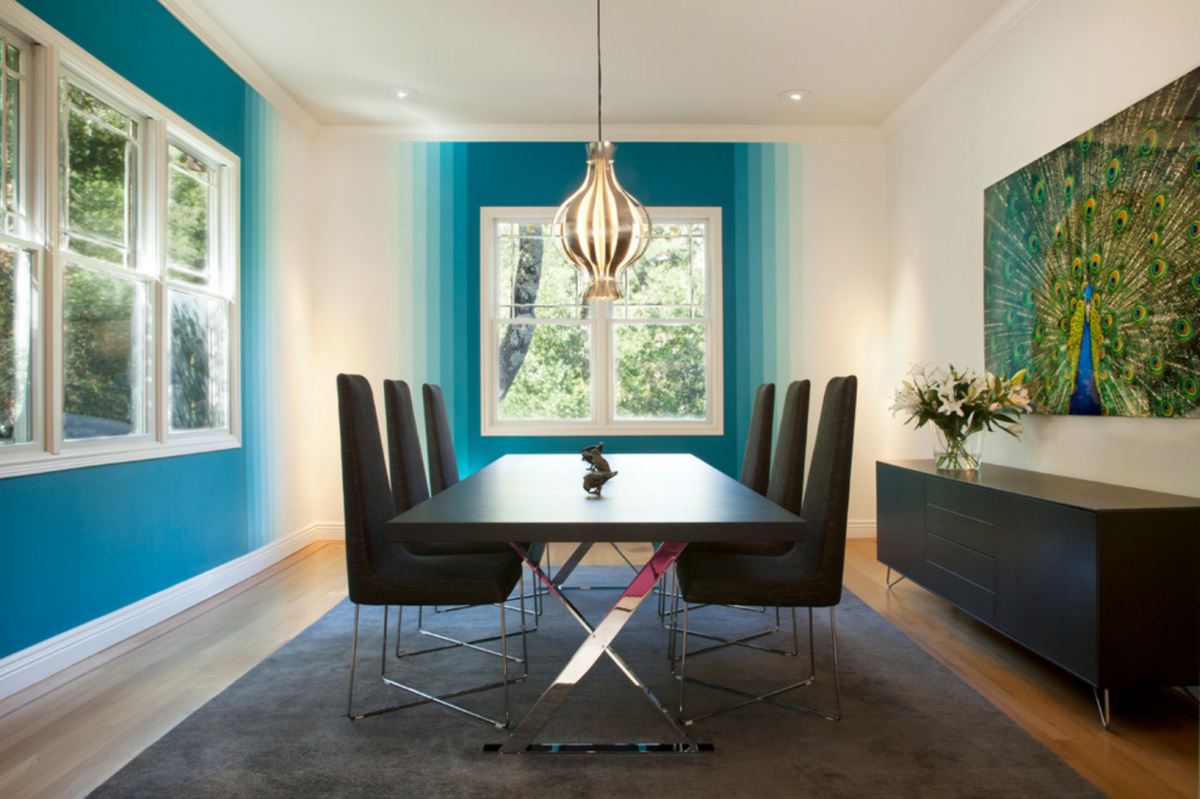
Adding Dimension and Depth
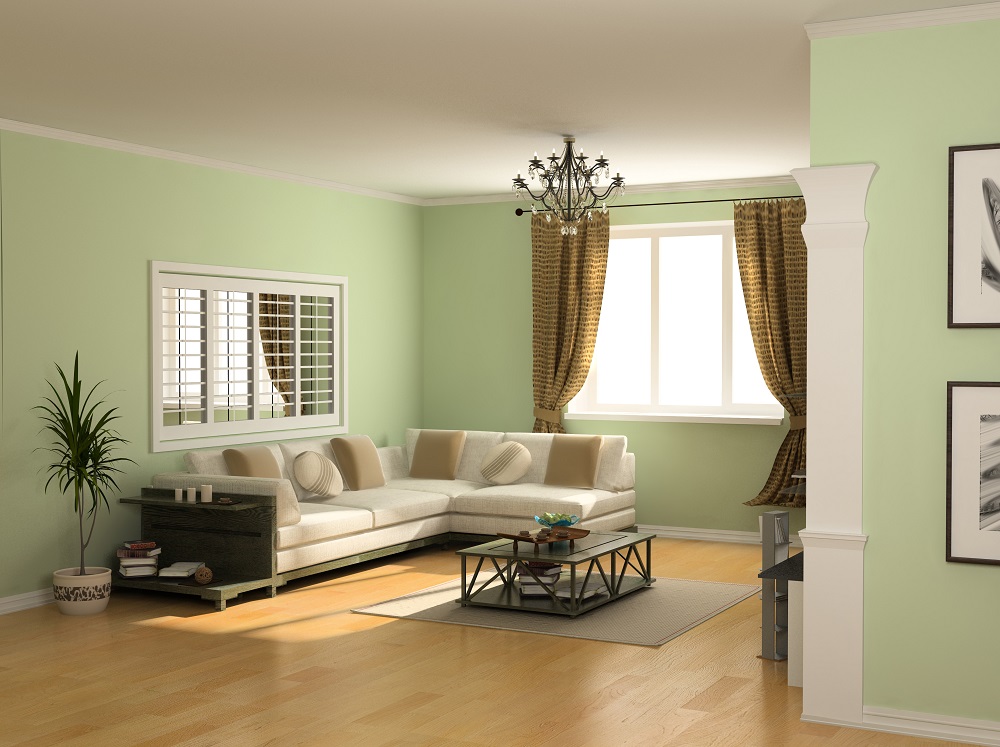 One of the latest trends in interior design is the use of gradient paint in living rooms. This technique involves blending two or more colors together to create a seamless transition between them. This creates a sense of dimension and depth in a room, making it appear more visually interesting and dynamic. With the right color choices and application, gradient paint can transform an ordinary living room into a stunning and unique space.
One of the latest trends in interior design is the use of gradient paint in living rooms. This technique involves blending two or more colors together to create a seamless transition between them. This creates a sense of dimension and depth in a room, making it appear more visually interesting and dynamic. With the right color choices and application, gradient paint can transform an ordinary living room into a stunning and unique space.
Unlimited Color Options
 One of the great things about using gradient paint in your living room is the endless color possibilities. You can choose from a wide range of colors and create a custom gradient that perfectly matches your personal style and taste. You can also experiment with different color combinations to achieve a specific mood or atmosphere in your living room. The options are truly endless with gradient paint.
One of the great things about using gradient paint in your living room is the endless color possibilities. You can choose from a wide range of colors and create a custom gradient that perfectly matches your personal style and taste. You can also experiment with different color combinations to achieve a specific mood or atmosphere in your living room. The options are truly endless with gradient paint.
Creating a Focal Point
 Gradient paint is a great way to create a focal point in your living room. By applying a gradient of colors on a feature wall or an accent piece, you can draw the eye towards that specific area and make it stand out. This is perfect for showcasing a piece of artwork, a fireplace, or any other design element that you want to highlight in your living room. A well-executed gradient can also make a small living room appear larger by creating the illusion of depth.
Gradient paint is a great way to create a focal point in your living room. By applying a gradient of colors on a feature wall or an accent piece, you can draw the eye towards that specific area and make it stand out. This is perfect for showcasing a piece of artwork, a fireplace, or any other design element that you want to highlight in your living room. A well-executed gradient can also make a small living room appear larger by creating the illusion of depth.
Adding a Modern Touch
 If you want to give your living room a modern and contemporary look, gradient paint is the perfect choice. The smooth and seamless transition between colors creates a sleek and sophisticated feel that is perfect for modern interiors. This technique can also be used to add a pop of color to an otherwise neutral living room, making it more vibrant and lively.
In conclusion
, gradient paint is a versatile and unique way to add dimension, depth, and personality to your living room. With its endless color options and modern appeal, it's no wonder why it has become a popular choice among interior designers and homeowners alike. So the next time you're considering a paint update for your living room, don't be afraid to get creative and try out some gradient paint.
If you want to give your living room a modern and contemporary look, gradient paint is the perfect choice. The smooth and seamless transition between colors creates a sleek and sophisticated feel that is perfect for modern interiors. This technique can also be used to add a pop of color to an otherwise neutral living room, making it more vibrant and lively.
In conclusion
, gradient paint is a versatile and unique way to add dimension, depth, and personality to your living room. With its endless color options and modern appeal, it's no wonder why it has become a popular choice among interior designers and homeowners alike. So the next time you're considering a paint update for your living room, don't be afraid to get creative and try out some gradient paint.


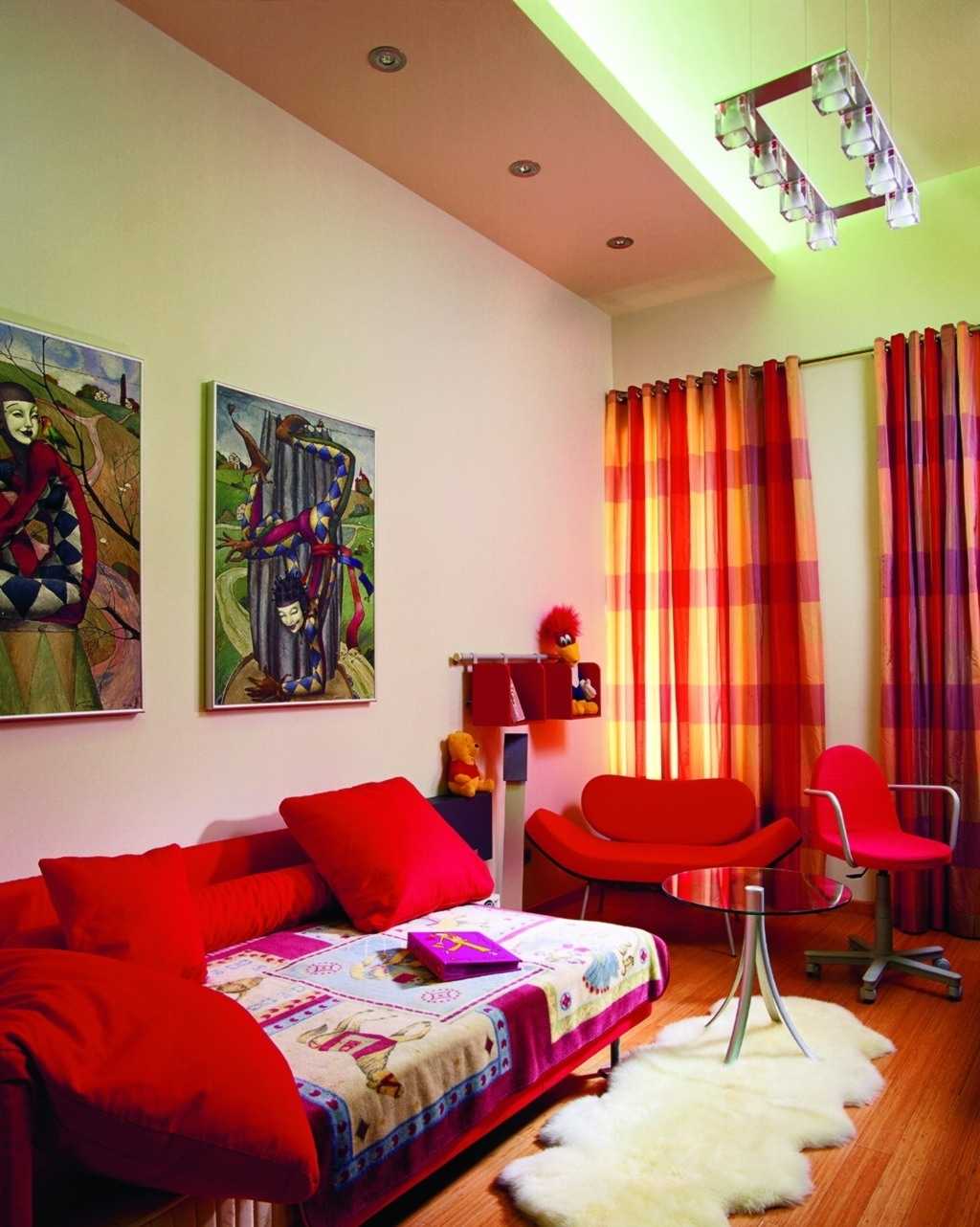





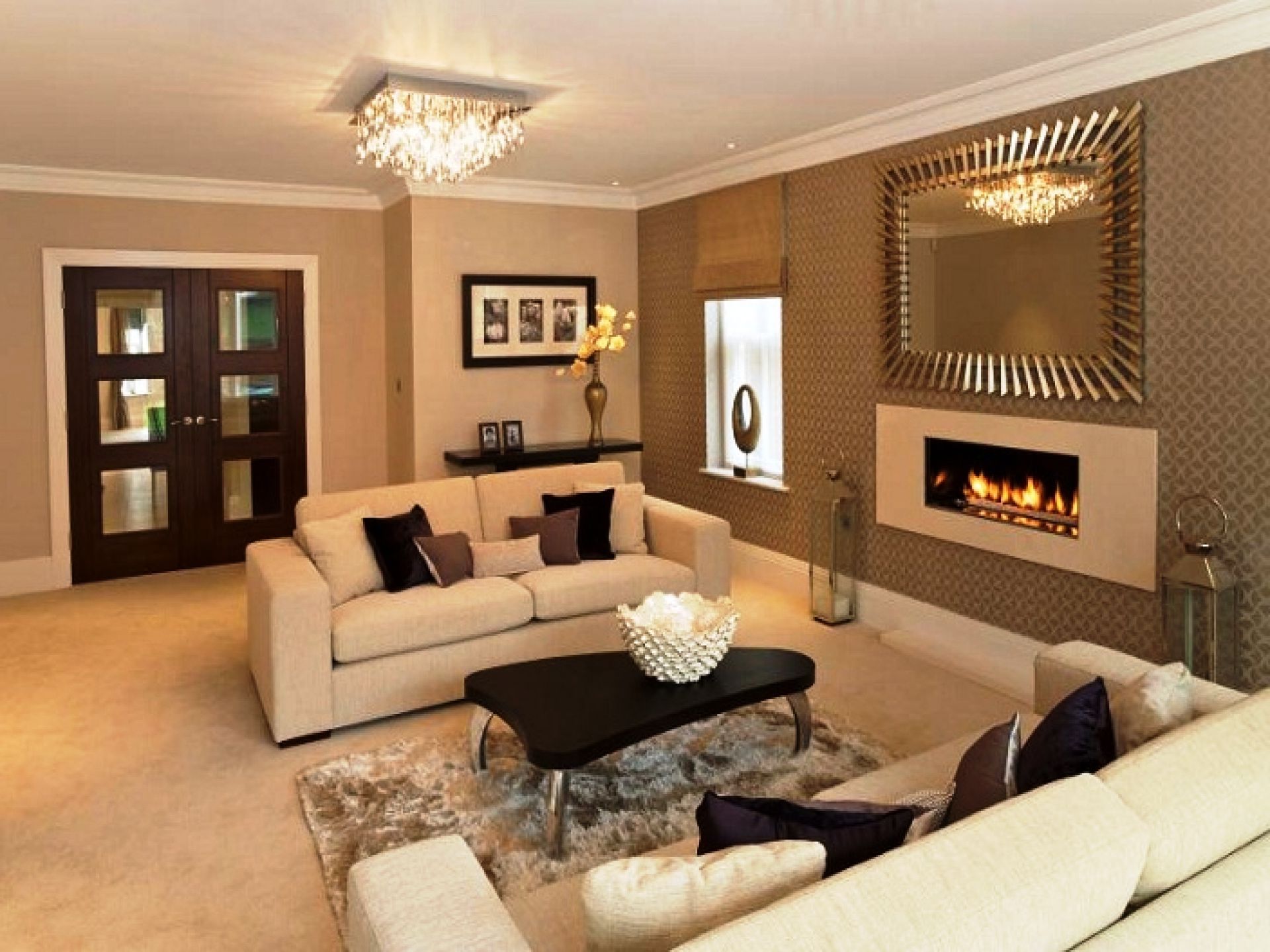























:max_bytes(150000):strip_icc()/choosing-interior-paint-colors-4011484-007-b567461297e44c4f8a84f1088e1f40ea.jpg)










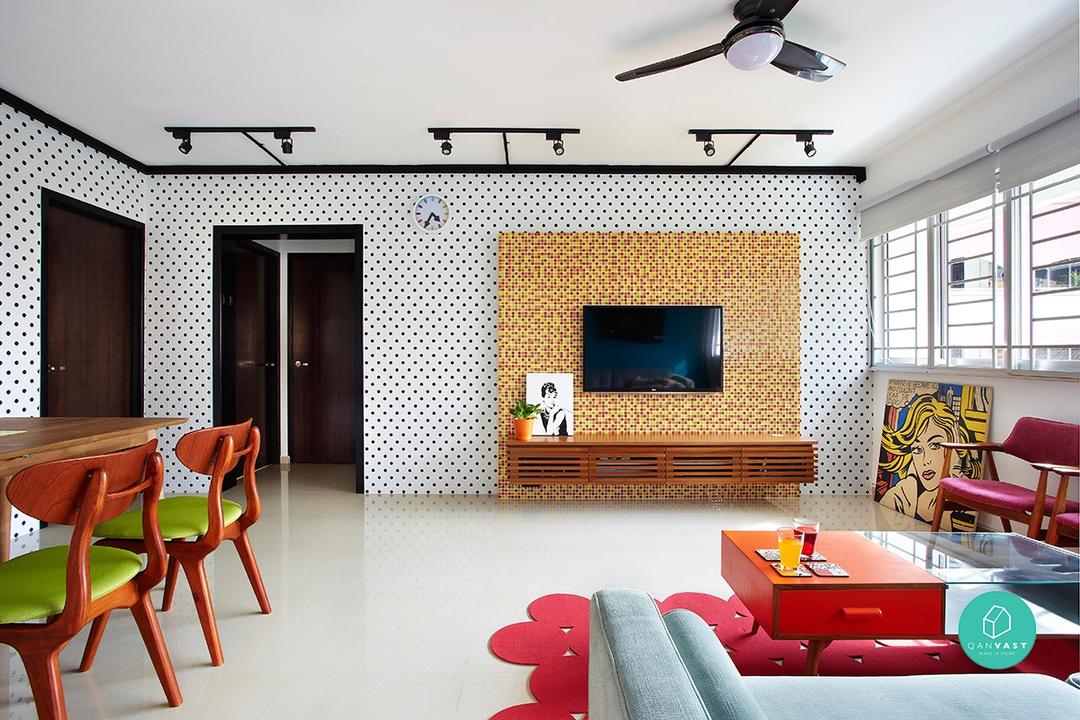

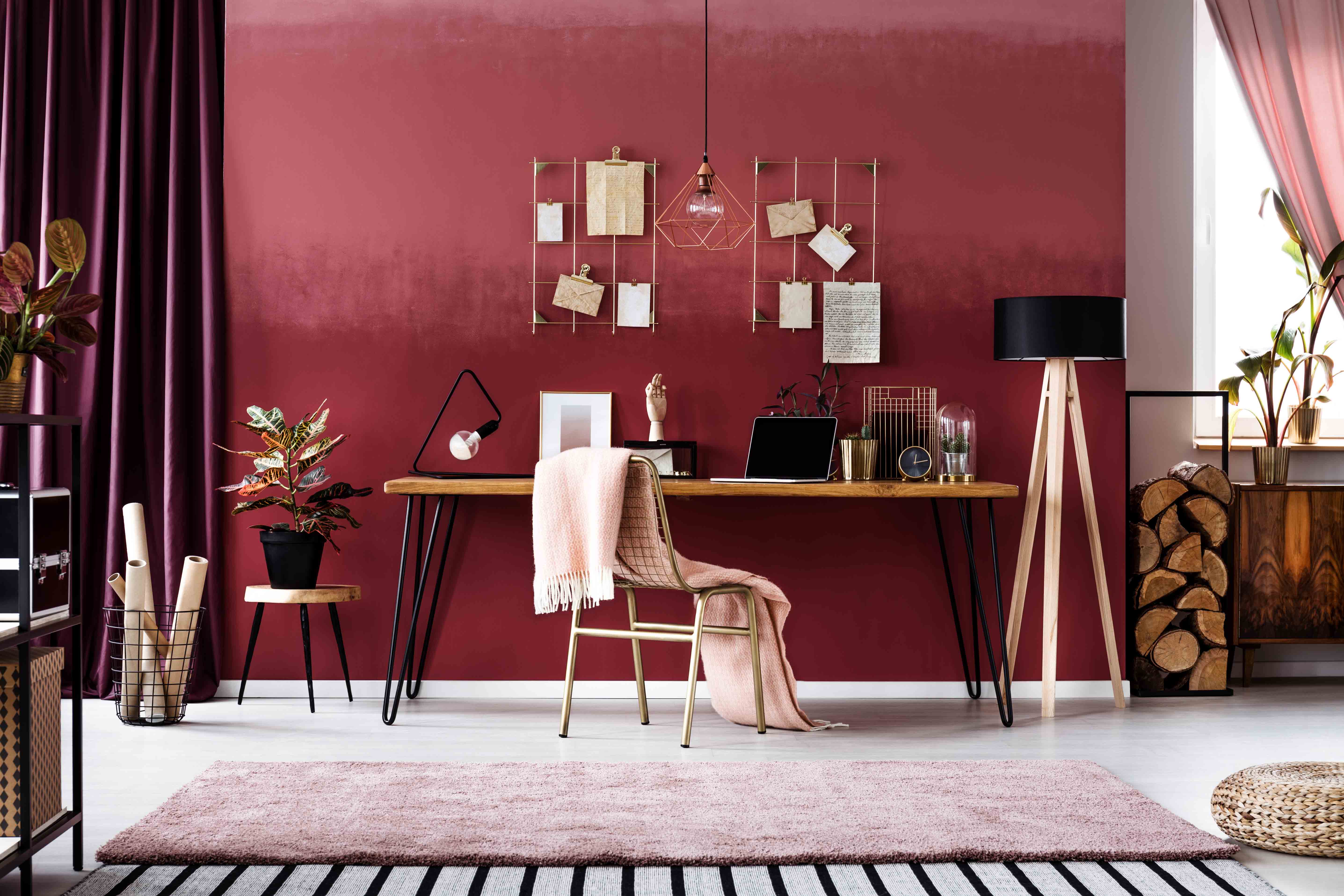


















:extract_focal()/https://pocket-syndicated-images.s3.amazonaws.com/articles/5304/1596722483_at_housetours_2019-06_VivY-RhiannonSouthwell_AT_rhiannon_vivyapp-12.jpg)












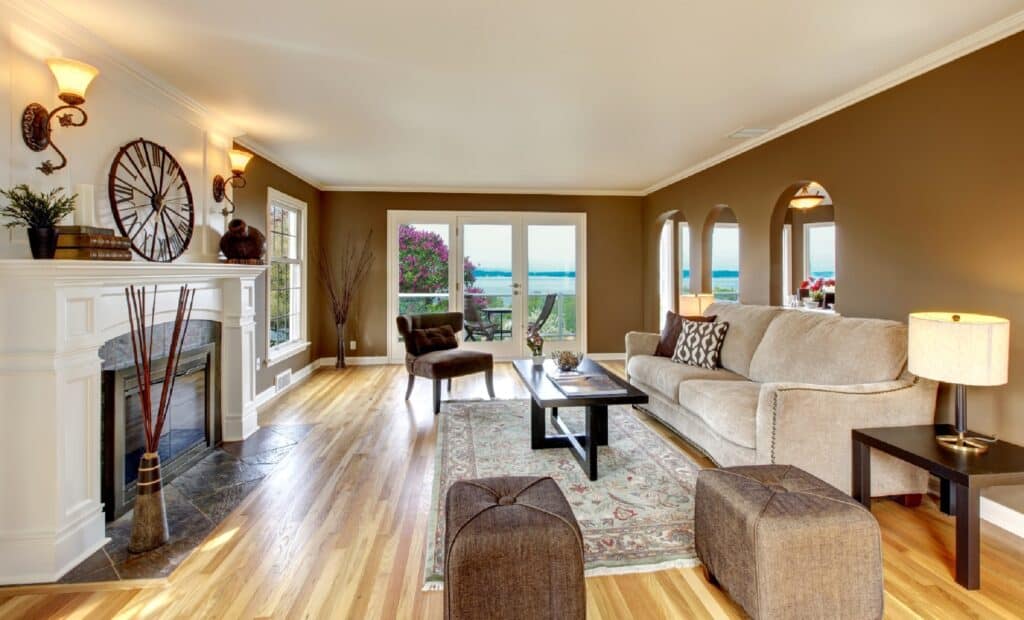
/choosing-the-right-interior-paint-finish-1977100-HERO-05-99eb1fc00586453dbd9ee05fc996b816.jpg)














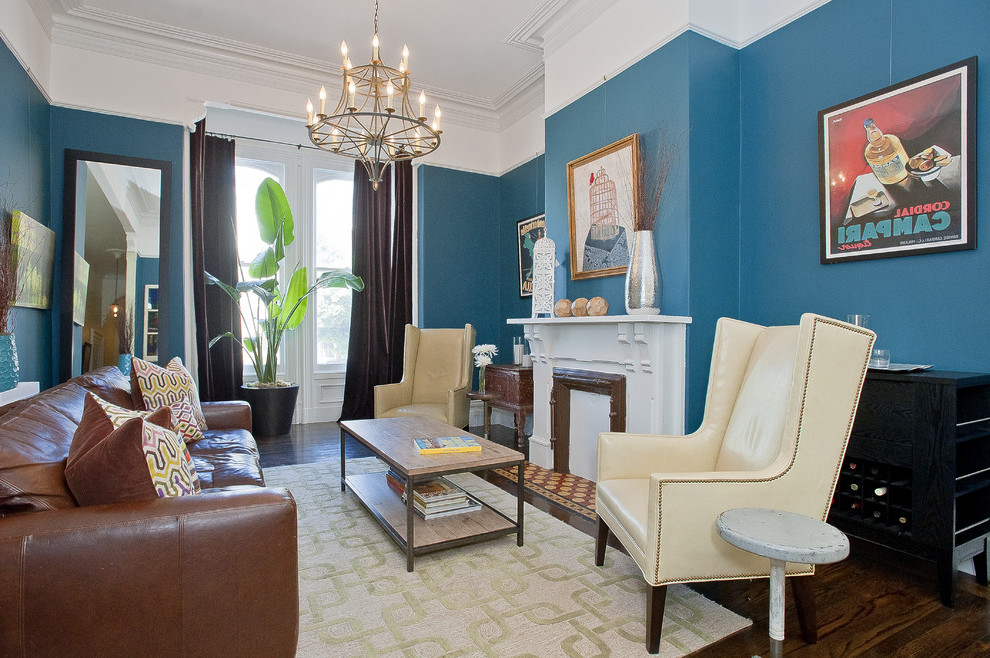



/169789002-58a723d63df78c345b930ec6.jpg)






